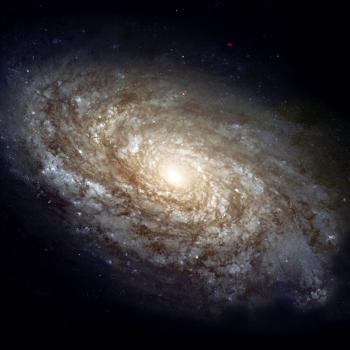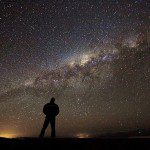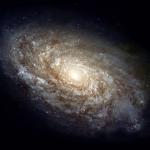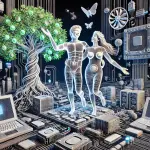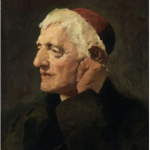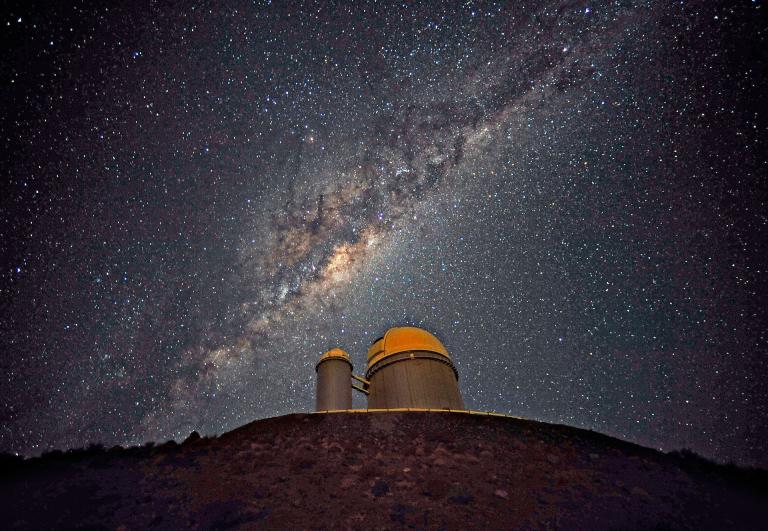
A new link has been posted on the website of the Interpreter Foundation: Conference Talks: “Joseph Smith and Modern Cosmology,” given by Ron Hellings
In this Interpreter presentation, originally given in 2013, the late physicist Ron Hellings took a look at some of the teachings of Joseph Smith to try to understand these in light of modern cosmology, the study of the foundations of matter, time, and energy throughout the universe. He found reasonable ways to harmonize these perspectives, and concluded that naïve big bang challenges to the doctrines of the Restoration were out of date.
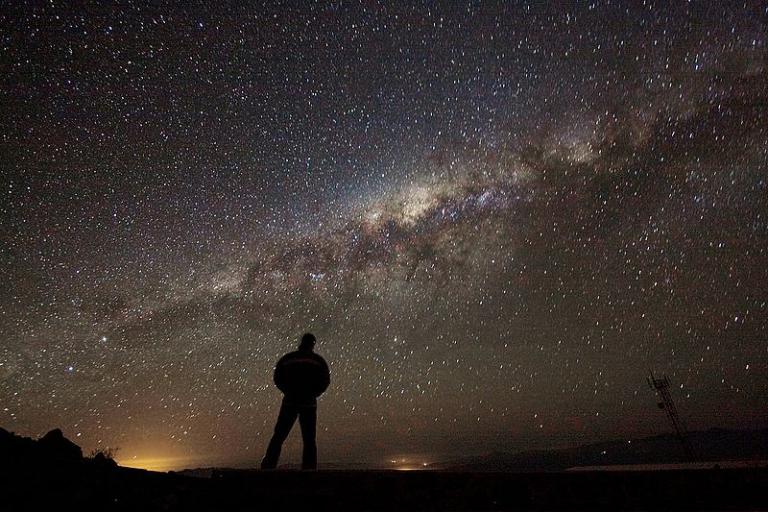
I now turn briefly back to writing down some notes that have been inspired by and/or are based upon Michael Guillen’s Believing is Seeing: A Physicist Explains How Science Shattered His Atheism and Revealed the Necessity of Faith (Carol Stream, IL: Tyndale Refresh, 2021). They are, as I’ve previously explained, an initial hasty and unpolished pass on the topic that they address:
I closed off my previous set of notes, a couple of days ago, with the idea that physics now sees itself, in the words of the great Nobel laureate physicist Werner Heisenberg, not merely as a detached and objective observer but “as part of the interplay between man and nature. Dr. Guillen offers a very down-to-earth comparison: Suppose that you meet a woman for the first time. Prior to your meeting with her, she is, in a sense, a “cloud of possibilities.” When you meet her, though, she actually becomes one of those possibilities. And the crucial point is that your interaction with her affects how she behaves and, thus, influences the outcome of the meeting. Had somebody other than you met with her, that different person would have elicited different behavior from her.
So . . . going back to that electron. When I open the box, I may or may not experience the same outcome that you would [with regard to clockwise spin versus counterclockwise spin]. There’s a fifty-fifty chance I will. And a fifty-fifty chance I’ll get the opposite result.
Same electron. Same box. Opposite result.
If enough people open the box, the outcomes will average out to fifty-fifty. Half of the observers will see the electron spinning clockwise; half, counterclockwise.
We call this intriguing phenomenon the quantum measurement problem. Why problem? Because we don’t really understand how reality can be so subjective. . . .
“How do you go from the fuzzy, hazy reality of quantum probabilities, where things can be in many locations with different likelihoods, to the single, definite reality we observe when we do a measurement?” asks Columbia University physicist Brian Greene. Answer? “We don’t know.” (129; italics in the original)
But this is a serious problem for science in general and for physics in particular. Why?
For physicists, measurements are everything. . . .
Back in the days of Aristotle and Newton, physicists believed there was no limit to how accurate a measurement could be. They had faith that one day — and with the right combination of cleverness, skill, and equipment — they could nail down every little thing about the universe with unlimited precision.
Then 1927 happened.
In that fateful year, Werner Heisenberg published a mathematical expression called the uncertainty principle. It claims that no matter how hard we try, no matter how clever or skillful we are, we can never find out everything about the universe.
It’s impossible to speak about Heisenberg’s uncertainty principle without recalling Gödel’s incompleteness theorem. Both were shocking discoveries of insurmountable limits (of the scientific method and logic, respectively). (130)
What this means, Dr. Guillen suggests, is that the universe’s inmost secrets are hidden behind a curtain of uncertainty that cannot be raised by science. It means that we can never know absolutely everything about the universe within which we live. He offers a very clear summary of the uncertainty principle, as follows:
Certain measurable quantities, Heisenberg discovered, are paired in an odd way. Two such pairs are momentum and location, and energy and time. Physicists call these odd couples conjugate variables or incompatible observables.
The more accurately we measure one member of the pair, the less accurately we’re able to measure the other. Wonderland [which is what Dr. Guillen calls the physical universe as it’s revealed by modern physics] is wired so that we can never nail down both members with perfect accuracy.
Suppose we experiment on fast-moving helium nuclei, such as are found in cosmic rays. The better we measure a nucleus’s momentum, the worse we’re able to measure its position.
It’s like a teeter-totter. The higher the accuracy of one measurable quantity, the lower the other one will be. There’s no getting around it.
It’s also like what videographers call a rack focus. When you have two subjects — one in the foreground and one in the deep background — and you focus on the front subject, the back subject immediately becomes blurry. And vice versa. You can never get both subjects into perfect focus. (131)
Thinking about this, I was oddly reminded of John the Baptist’s prophecy about Jesus that is recorded at John 3:30: “He must increase, but I must decrease.”
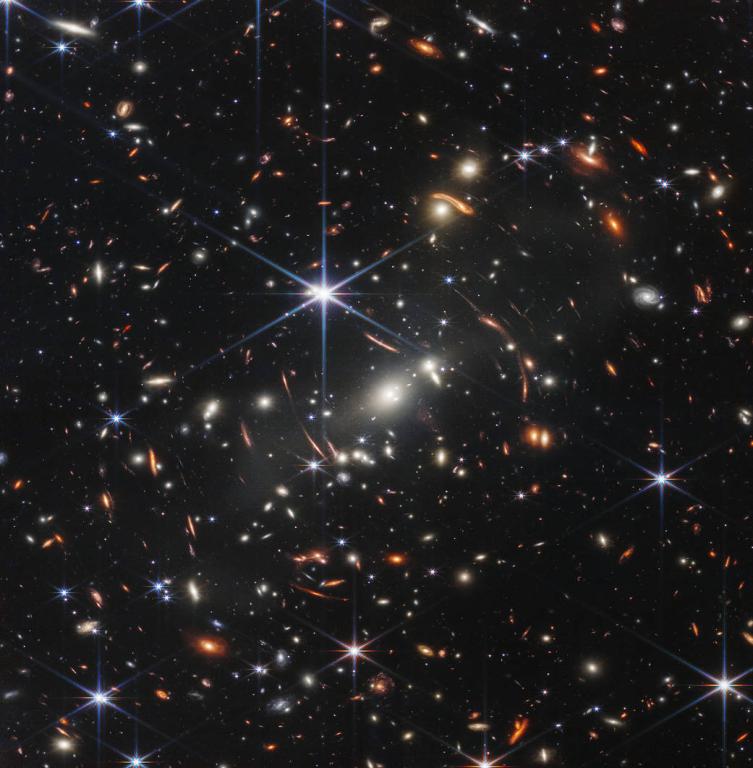
Webb’s image covers a patch of sky approximately the size of a grain of sand held at arm’s length by someone on the ground — and reveals thousands of galaxies in a tiny sliver of an inconceivably vast universe
(Public domain image from the National Aeronautics and Space Administration)
I close with three absolutely dreadful articles that I’ve retrieved from the Christopher Hitchens Memorial “How Religion Poisons Everything” File©. The third deals with an old horror that I think I failed to mention at the time. However, the crime is probably ongoing:
Posted from St. George, Utah



